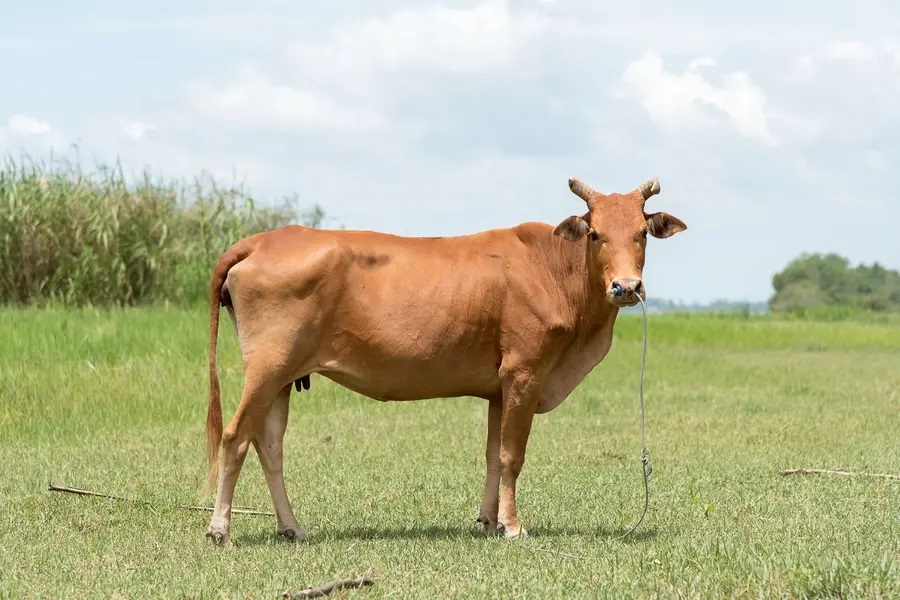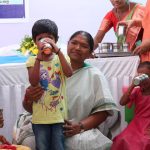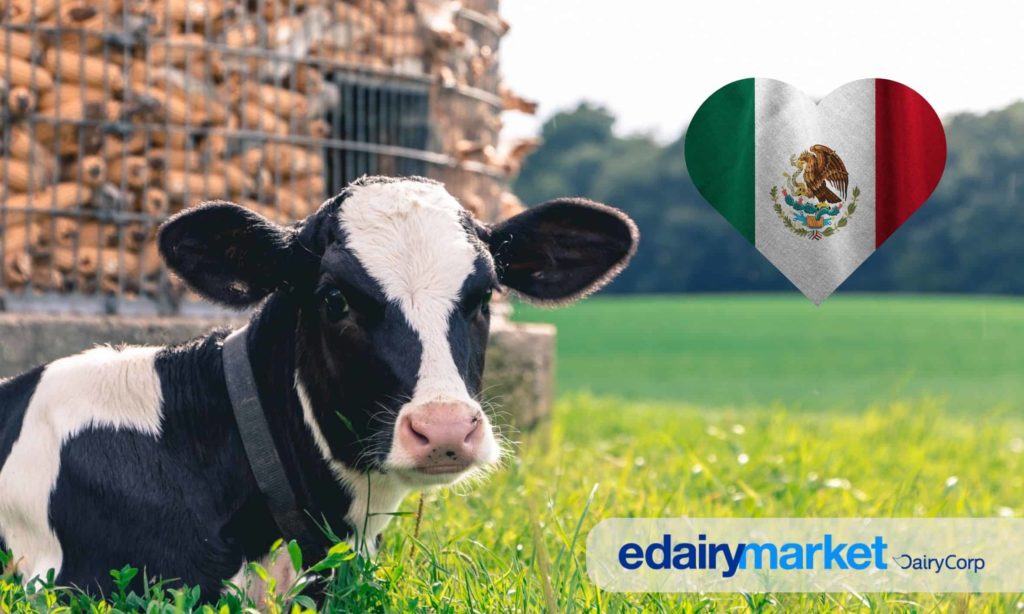
Cows confirmed infected with rabies lead to a massive public health scare after their milk was distributed as temple prasad.
A serious public health crisis erupted in a village in Uttar Pradesh, India, following the confirmation that milk from cows infected with rabies was tragically distributed to villagers as temple prasad. The incident centers on a cow that exhibited unusual behavior—biting others and displaying symptoms characteristic of the disease—before ultimately dying. Subsequent analysis confirmed the presence of the rabies virus, immediately triggering widespread panic due to the potential for human exposure through the contaminated milk, highlighting the critical intersection of animal health and public food safety.
The crisis has mobilized a rapid, high-stakes public health response from local authorities, led by the Chief Veterinary Officer, Dr. Rajesh Kumar Singh. In a preemptive measure, over 300 villagers who may have consumed the milk as prasad have been identified and urgently advised to undergo the necessary anti-rabies vaccination course. This mass inoculation drive underscores the severity of the threat, as the rabies virus is nearly 100% fatal once symptoms appear, making immediate preventative treatment essential.
Further compounding the agricultural health crisis, the initial infected cow had reportedly also bitten several other animals in the village before its death. This has forced veterinary teams to immediately launch an animal vaccination drive across the region to contain the potential outbreak and prevent further transmission of the virus within the livestock population. Authorities are also focusing on creating strict protocols and awareness to prevent the consumption of milk from any animal exhibiting even minor, unusual neurological or behavioral symptoms.
Dr. Singh provided crucial public health guidance, stating that, while the risk is focused, the milk from any rabid cow poses a danger if it comes into contact with wounds or abrasions in the mouth or digestive tract. Furthermore, the handling of the milk—specifically if any drops touch a consumer’s eyes or open cuts—presents a pathway for viral entry. This detailed warning is a critical piece of data journalism for dairy producers globally, emphasizing the need for robust farm-level animal health surveillance and stringent hygiene protocols.
The underlying issue emphasizes the essential need for comprehensive bovine health surveillance at the grassroots level of the dairy supply chain. Authorities are using this unfortunate event to ramp up educational efforts, urging farmers and cooperative societies to be hyper-vigilant regarding their cattle’s behavior and immediately isolate and report any suspicious symptoms. This incident serves as a stark global reminder that farm animal disease monitoring is directly and intrinsically linked to consumer food safety and public health outcomes.
Source: Get the full report on the public health emergency from Mathrubhumi.
You can now read the most important #news on #eDairyNews #Whatsapp channels!!!
🇮🇳 eDairy News ÍNDIA: https://whatsapp.com/channel/0029VaPidCcGpLHImBQk6x1F

















